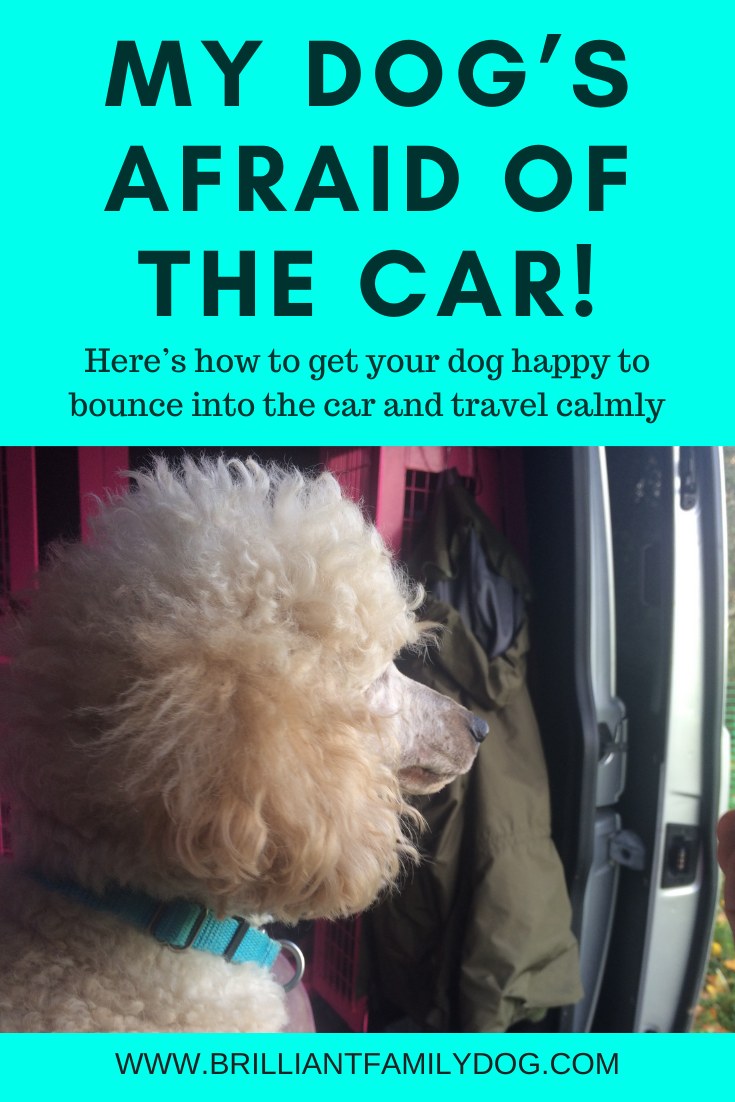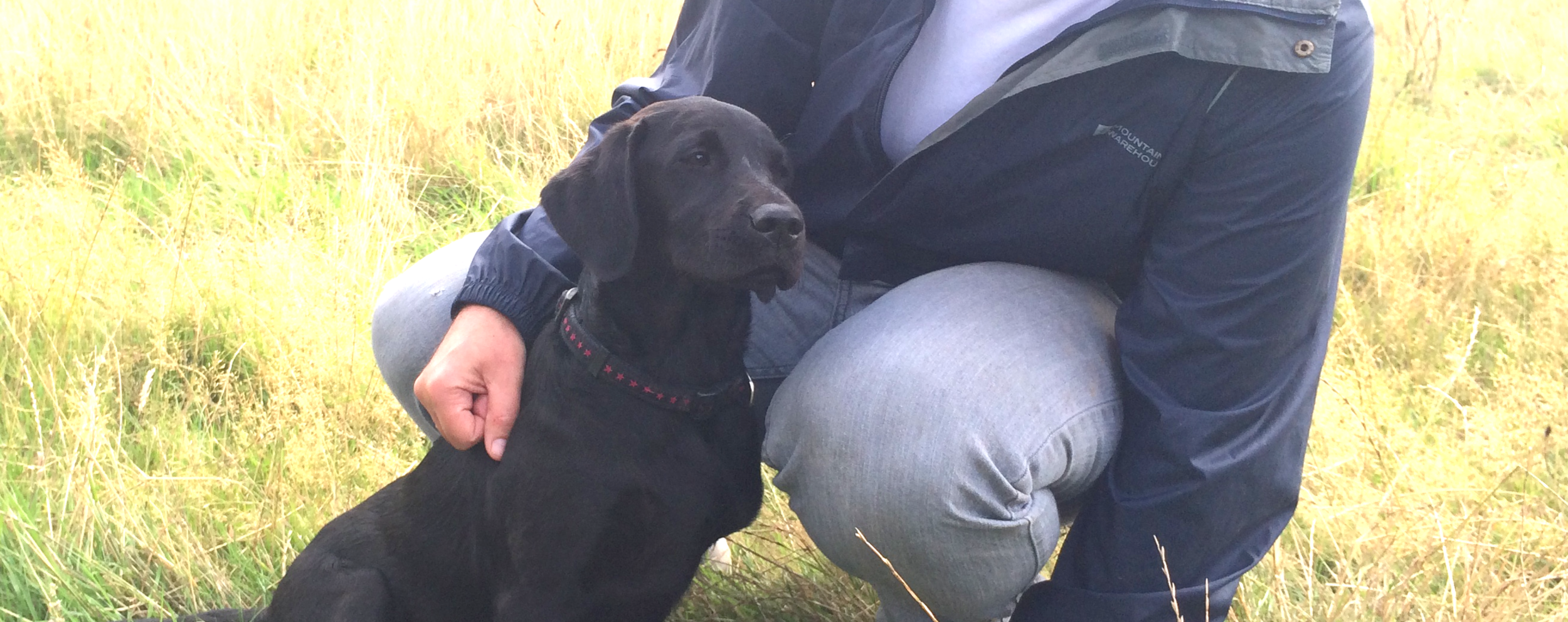Why is my dog afraid of the car?
This is a tough one! You’re dying to take your dog out on lovely walks with the family - and she quakes and quivers at the sight of the car.
This is usually only found in rehomed dogs who have had a bad experience in a vehicle. But it can happen also with the family dog who used to enjoy car journeys till there was a motor accident.
The most carefully-nurtured puppy may be afraid of the car because it means carsickness. Some pups are carsick, some never are. Travel your puppy in the front seat of the car - between the wheels - where there is less movement, take corners slowly, and have a bucket ready. You can strap in his crate with the seatbelt. This phase will gradually pass.
If your dog’s reaction is extreme, with shaking, scrabbling to get away, drooling, and evident misery, you may need to talk to your vet about a mild sedative to calm the dog enough to start on a protocol to readjust her attitude to the car.
There are some very good herbal remedies which do not require a prescription which may help - they are often marketed as a calmer for firework nights.
The last thing to do is try to force the dog into the car!
This will only increase the fear and anxiety. What you can do is slowly and gradually change her view of the car as somewhere safe and pleasant to be.
Jet the young black Labrador had to be lifted into the car as he was fearful of getting in by himself. I suggested to his owners that they shut the garden gates, prepare his food as usual, walk out to the car, open the boot and place the bowl in the car as far back as possible from the edge. Then leave the dog to figure out how to get this food all by himself.
I hinted it could take a few days.
Next morning they reported back to me: they’d placed the food in the car, and started to walk away only to hear Jet leaping into the back of the car and scarfing down his dinner! One happy owner.
Here are 10 steps to change your dog’s approach to the car
For some dogs, it’s the vibration and noise of the car engine that is the problem. So take your dog out to the car, sit in the car yourself without the engine running, leave ALL the doors open, and toss top-class treats (sausage, raw steak) to her outside the car. Let her decide when she’d like to get closer to you. She can climb in beside you if she likes, have some more food, then you can both get out and leave it for the day.
Repeat this a few times and your dog will be keen to get in with you. Once you’ve achieved that stage, you can start to close the doors for a moment, then get out.
If your dog loves playing fetch, a great game of tossing her favourite toy into the back of the car, or right through it (all doors open) can work wonders.
Next step is, with doors and windows closed, turn the engine on for a short while, ensuring the exhaust isn’t blowing back into the vehicle. Do NOT drive the car! But keep up the flow of treats. These steps will take as long as they take. Don’t be in a hurry to push forward till your dog is really happy about the previous step.
After a few times doing this step, you may notice that your dog is calmer and exhibiting less anxiety (tension in face and ears, wide darting eyes, paddling the feet, etc). Now you can actually roll the car forward or back a little way, and that’s it for the day.
When you first pull out of your drive and actually move along the road, make it a very short journey ending in something spectacular - a run in the park, a visit to granny, or just straight back home for a great game.
Another thing that can help: ensure that there is a door or window open when you shut the boot. The shockwave from the boot-slam can be very distressing for a dog. Sit in the car yourself with doors and windows closed while someone else slams the boot shut and you’ll see what I mean.
For some dogs, travelling in a cage they can’t see out of is very effective. It could be to do with carsickness, fear of cars approaching behind your car, or just that they want to bark at everything that moves as they pass.
If your dog is happy in the car but hesitant to get in, you may need a vet check to rule out a physical issue. It can be an advanced warning of hip trouble. Meanwhile, a ramp or sturdy step can help.
And never let your dog - especially a young dog - jump out of the car onto a hard surface (road, dry or frozen ground)! This can seriously damage his shoulders.
Barking in the car can be completely solved by either covering the crate or using blackout material to cover the inside of the windows. Never was there an easier solution to a common and aggravating problem!
Experiment and see what works for your dog. And once you’ve worked out how to get him into the car, check out this post to find the best way to keep secure.
Now you can head off on some of those great country walks!








